How to Fish Topwater Lures Without Spooking Fish
Topwater fishing creates some of the most exhilarating moments in angling as fish explode from beneath the surface to attack your lure. However, this visual style of fishing comes with unique challenges, particularly the risk of spooking wary fish. The difference between success and failure often lies in subtle techniques and understanding fish behavior. Whether you’re casting for bass in a calm lake at dawn or working a popper along a saltwater flat, mastering topwater presentations without alarming your target species can dramatically increase your catch rate. This comprehensive guide will walk you through proven strategies to make your topwater fishing more productive while keeping those heart-stopping surface strikes coming.
Understanding Fish Behavior and Topwater Reactions
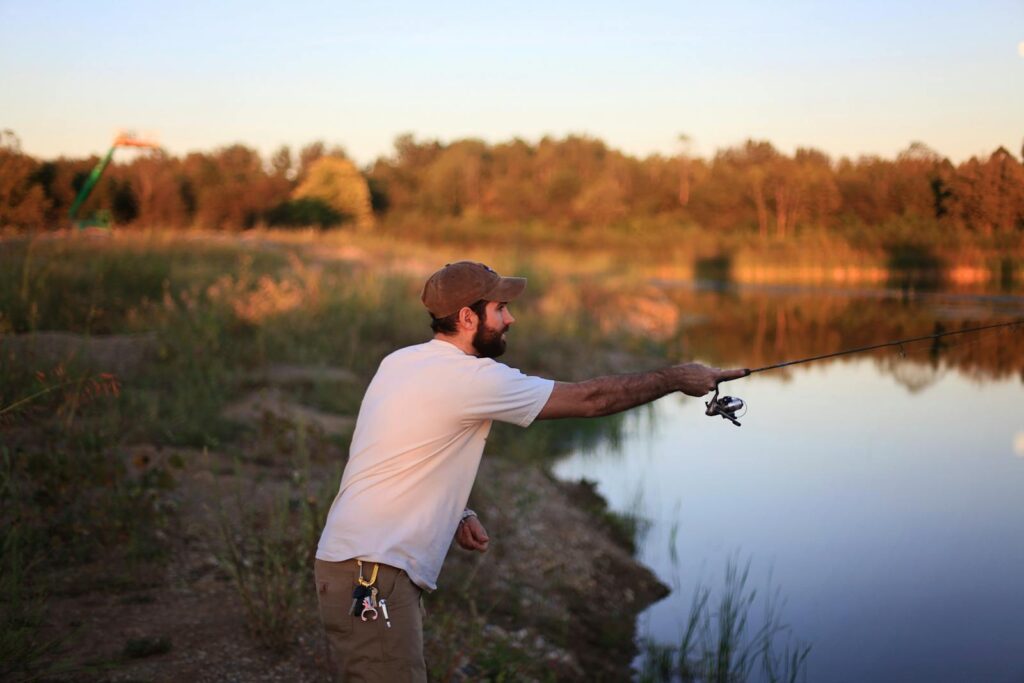
Fish, particularly predatory species, are naturally wired to attack vulnerable prey on the water’s surface. This predatory instinct is what makes topwater fishing so effective, but fish also possess keen senses that help them detect danger. Their lateral line system can sense vibrations and pressure changes in the water from considerable distances. Additionally, their vision is highly adapted to detect movement and shadows from below. Sound travels approximately four times faster underwater than in air, meaning that any noise you make is amplified in their environment. Understanding these sensory capabilities helps explain why fish sometimes shy away from topwater lures that are presented incorrectly or with too much commotion.
Choosing the Right Time and Conditions

Timing is perhaps the most critical factor in successful topwater fishing. Early morning and evening hours typically provide prime topwater conditions when light levels are low and predatory fish actively feed near the surface. Overcast days can extend these feeding windows throughout the day by reducing harsh light penetration. Wind conditions also play a crucial role – a light ripple on the water’s surface can mask your lure’s artificial appearance and the vibrations from your presentation. However, extremely windy conditions can make topwater lures more difficult to control and may push fish deeper. Seasonal patterns matter too; summer and early fall often produce the most consistent topwater action as warmer water temperatures increase fish metabolism and surface activity.
Selecting the Appropriate Topwater Lure
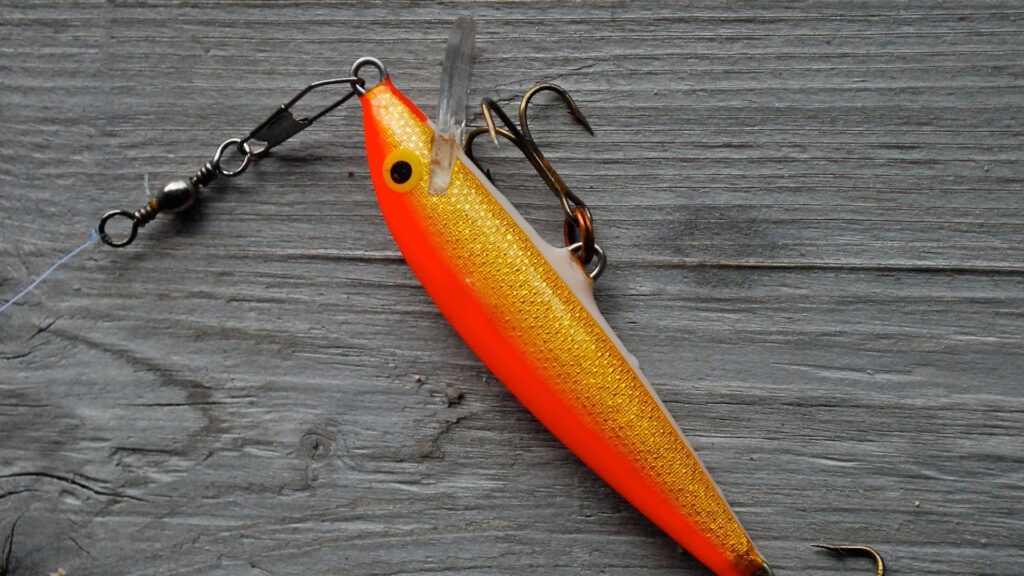
Not all topwater lures are created equal, and matching your lure to the conditions and target species significantly impacts your success rate. Subtle, smaller lures like floating minnows and soft plastic frogs work best in calm conditions when fish are more easily spooked. Walking baits like Zara Spooks create a more natural side-to-side motion that mimics wounded baitfish without excessive splashing. Poppers and chuggers, which create more commotion, work better in slightly choppy conditions or when fish are particularly aggressive. For extremely skittish fish in clear water, consider prop baits that create just enough surface disturbance to draw attention without alarming them. Always consider the predominant forage in your fishing area – matching the size, profile, and action of local prey will make your lure appear more natural and less threatening.
Mastering the Long-Distance Cast

The ability to cast accurately at a distance is perhaps the most underrated skill in topwater fishing. Fish are less likely to be spooked by lures that land farther away from your position, giving you a significant advantage, especially in clear water. To maximize casting distance, use a rod designed for the task, typically medium to medium-heavy power with a moderate-fast action that loads energy efficiently. Line choice also affects casting distance; lighter monofilament or braided line with a diameter of 10-20 pounds typically casts farther than heavier options. Practice the proper casting technique by using more wrist than arm motion and timing your release point precisely at the forward portion of your cast. Remember that accuracy remains crucial – a longer cast that lands in weeds or creates a massive splash defeats the purpose of distance casting.
Perfecting the Gentle Entry
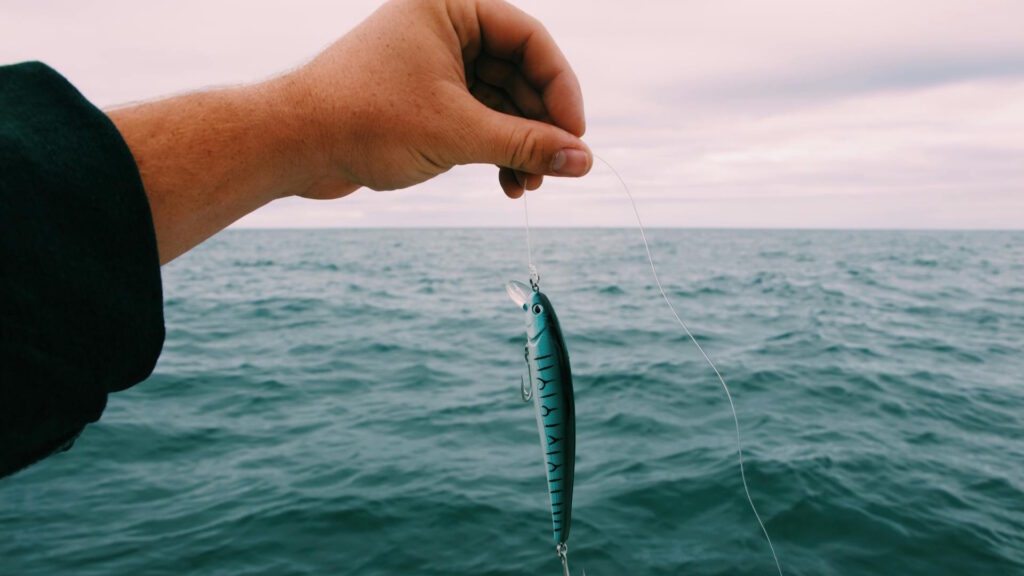
How your lure enters the water can be the difference between an immediate strike and spooking every fish in the area. The ideal entry is subtle, creating minimal splash and disturbance. To achieve this, practice casting with a slightly higher trajectory so your lure descends more vertically onto the water rather than skipping or slapping the surface. When fishing extremely clear water or targeting notoriously skittish species like bonefish or permit, feather your cast by lightly touching the line with your finger just before the lure lands. This technique slows the lure’s descent and creates a softer entry. For especially challenging conditions, consider casting beyond your target area and working the lure back into the zone, allowing any disturbance from the initial splash to dissipate before your lure reaches actively feeding fish.
Allowing the Water to Settle

Patience after your cast is a virtue that many anglers overlook in their excitement to start working the lure. Once your topwater bait lands, allow the ripples to completely dissipate before initiating any action. This pause, which might feel excruciatingly long at 10-30 seconds, gives nearby fish time to recover from any initial wariness caused by your lure’s entry. The static lure floating motionless often triggers predatory curiosity rather than a flight response. In many cases, particularly with floating frogs or stick baits, this dead pause draws fish closer as they investigate the mysterious object that has appeared in their territory. Only after the water has completely settled should you begin your retrieve with subtle, controlled movements that won’t send shock waves through the water.
Starting with Subtle Movements

The initial movements of your topwater lure after the pause are critical to avoiding spooking fish. Begin with the most minimal action possible – perhaps just a slight twitch that barely disturbs the water’s surface. This mimics wounded or struggling prey more accurately than aggressive actions and triggers a predatory response rather than caution. For walking baits, start with tiny rod movements that create just enough action to make the lure wiggle without significant splashing. With poppers, your first “pop” should be gentle – just enough to create a small bubble rather than a loud chugging sound. As you gauge the fish’s reaction to these subtle movements, you can gradually increase the intensity if necessary, but starting with restraint keeps the door open for wary fish to commit to your lure.
Reading Fish Responses and Adjusting
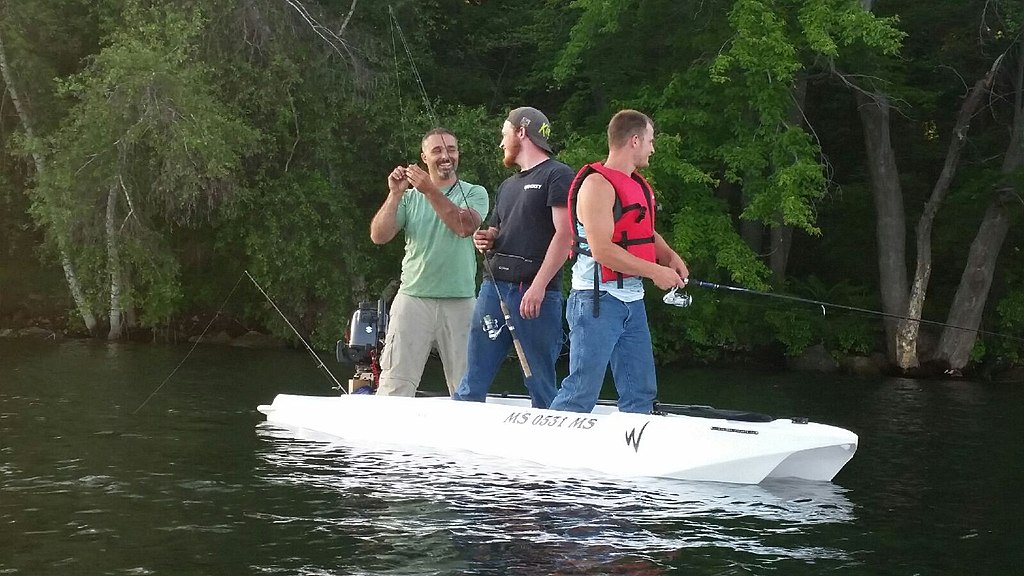
Successful topwater anglers develop the ability to read and interpret fish behavior around their lures. A fish that follows but won’t commit might require you to slow down your retrieve or add longer pauses between movements. Conversely, fish that track your lure but then veer away may indicate your presentation is too aggressive or unnatural. Watch for subtle signs like boils behind your lure, small wakes approaching, or a flash of scales beneath the surface – these indicate interested fish that haven’t been spooked but aren’t fully committed either. When you spot these reactions, try varying your cadence by introducing unexpected pauses or changing direction with your lure. Sometimes the trigger isn’t more action but rather the sudden stop of all movement, signaling vulnerability to predatory fish.
Managing Noise and Vibration
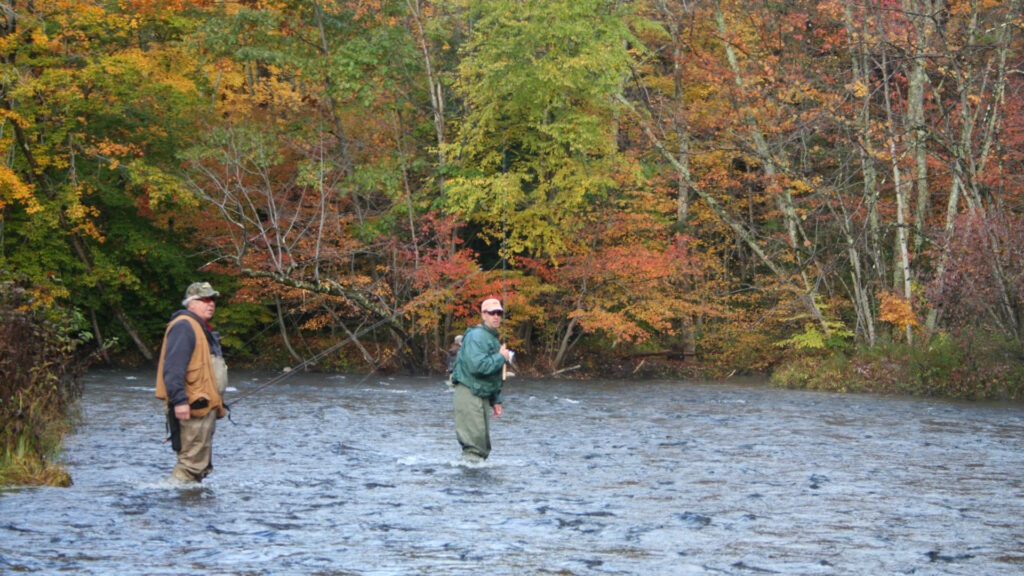
Beyond your lure’s action, managing environmental noise factors significantly impacts your topwater success. Fish can detect vibrations through their lateral lines, including those created by movement in your boat or on the shoreline. When fishing from a boat, avoid dropping items on the deck, slamming compartment lids, or running trolling motors at high speeds just before casting. Wade fishermen should move slowly and deliberately through the water, taking care not to create wakes or sudden movements that send pressure waves toward their target areas. Even your footsteps on a dock or shoreline can telegraph your presence to nearby fish. During retrieves, minimize excessive rod movement by working lures with wrist action rather than full arm movements that might transmit vibrations through your rod and line into the water.
Controlling Your Shadow and Silhouette

Fish have evolved to be wary of shadows and silhouettes that might indicate predators, including anglers. Position yourself with the sun in front of you whenever possible so your shadow doesn’t fall across your target area. This positioning also reduces glare on the water, improving your ability to spot fish. In shallow water scenarios, maintain a low profile to minimize your silhouette against the skyline. Consider kneeling or even sitting when bank fishing, and stay seated when casting from a boat in skinny water. Wearing colors that blend with your surroundings rather than high-contrast or bright clothing can also reduce your visibility to fish looking up from below. Even your rod movements should be considered – avoid high, dramatic casting motions that create distinct silhouettes visible from underwater.
Using the Right Tackle Setup
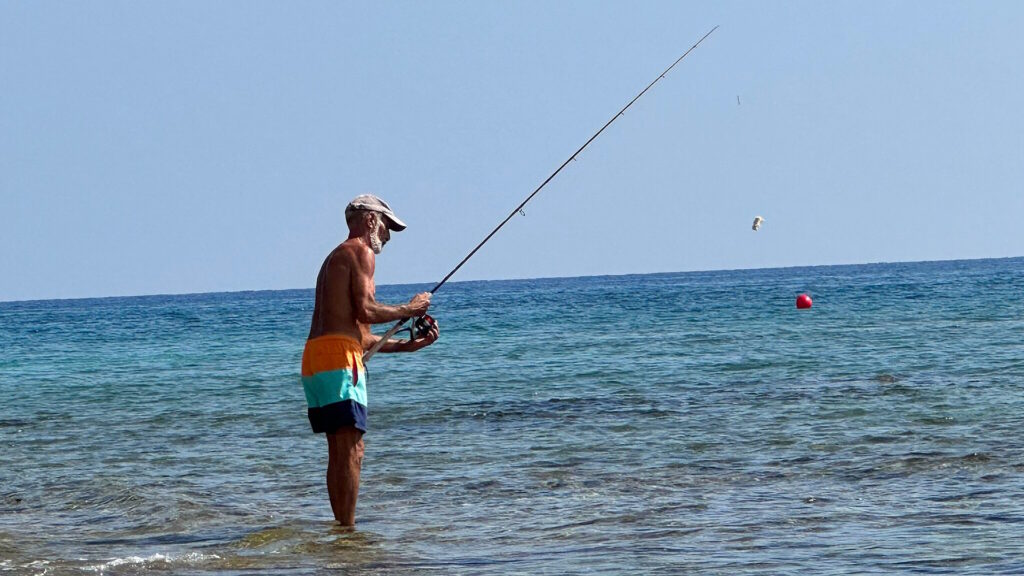
Your tackle configuration plays a crucial role in presenting topwater lures without alarming fish. Longer rods, typically 7 to 7.5 feet, allow for better casting distance and more subtle lure manipulation without excessive movement. Line choice significantly impacts presentation – fluorocarbon sinks and isn’t ideal for topwater, while monofilament provides some stretch that can help prevent pulling lures away from striking fish. Many professionals prefer braided line for its superior casting distance and direct connection to the lure, but consider adding a monofilament or fluorocarbon leader to reduce visibility. Reel selection matters too – higher gear ratio reels (7.1:1 or higher) allow you to quickly gather slack line without moving your rod tip, maintaining a more subtle presentation when fish follow your lure closely.
Handling the Strike Properly

Perhaps the most challenging aspect of topwater fishing is properly handling the moment of truth – when a fish strikes your lure. The instinct to immediately set the hook when you see the explosive strike often leads to pulling the lure away from the fish. Instead, train yourself to wait until you feel weight on the line before setting the hook. This momentary pause, often described as “feeling the fish” before reacting, can dramatically improve your hookup ratio. When you do set the hook, use a sweeping side motion rather than jerking upward, which keeps the lure traveling in a more natural path if you miss. For walking baits and frogs, sometimes continuing the same cadence through the initial strike can trigger a second, more committed attack if the fish misses on its first attempt.
Recovering from Spooked Fish
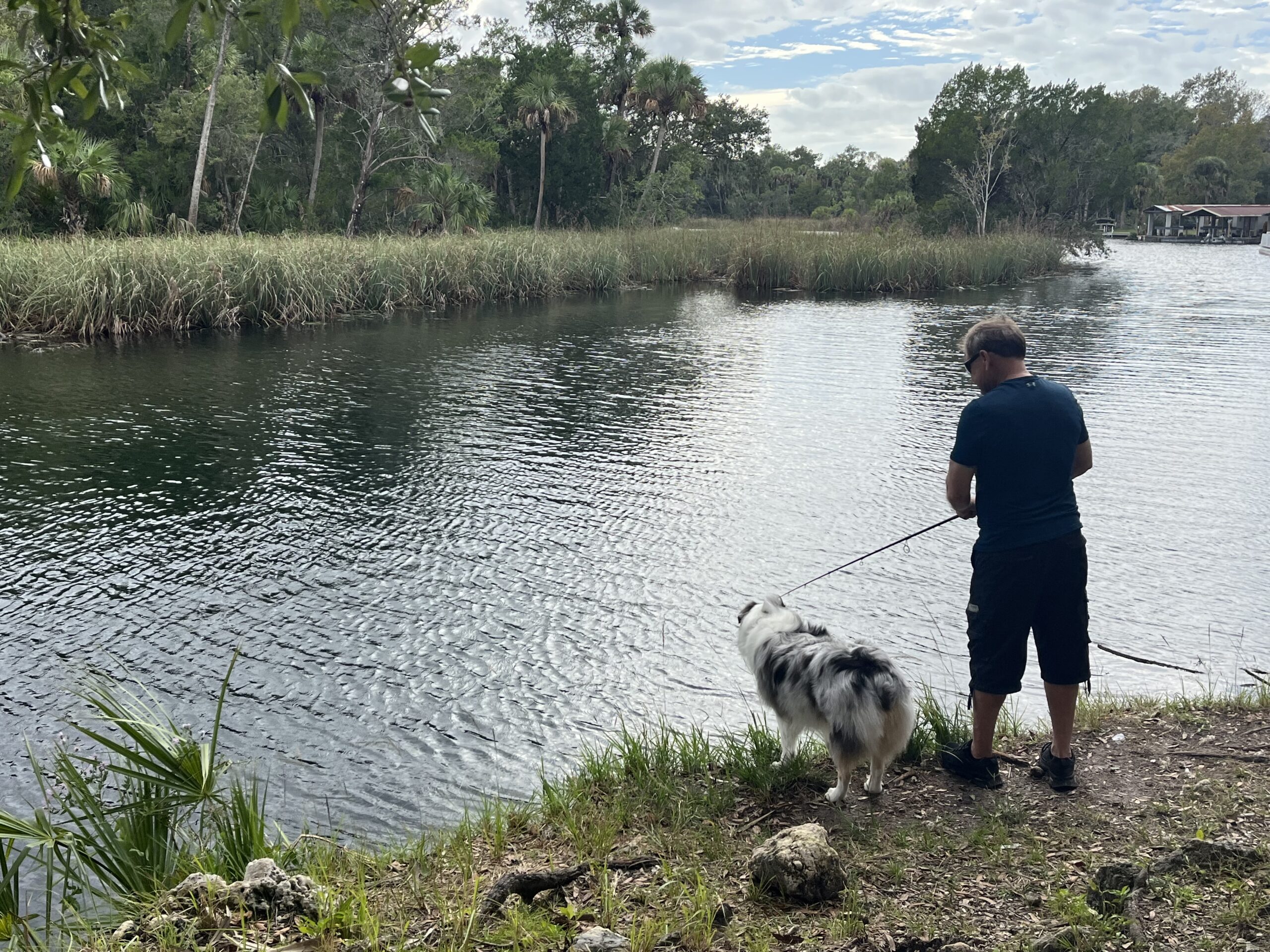
Even with perfect technique, you’ll occasionally spook fish – but this doesn’t mean the game is over. When fish are alarmed but remain in the area, mark their location mentally and return after giving them time to settle, typically 15-30 minutes. During this cooling-off period, fish other areas or switch to a completely different lure type to avoid reinforcing their wariness. Upon returning, consider approaching from a different angle and using a more subtle lure than your initial choice. Some professionals intentionally make noise in a different area to draw the fish’s attention away from their actual target zone before making their presentation. Remember that spooked fish often remain catchable but require increased stealth and different tactics – the ability to adapt and persist after setbacks distinguishes successful topwater anglers.
Advanced Topwater Techniques for Pressured Waters
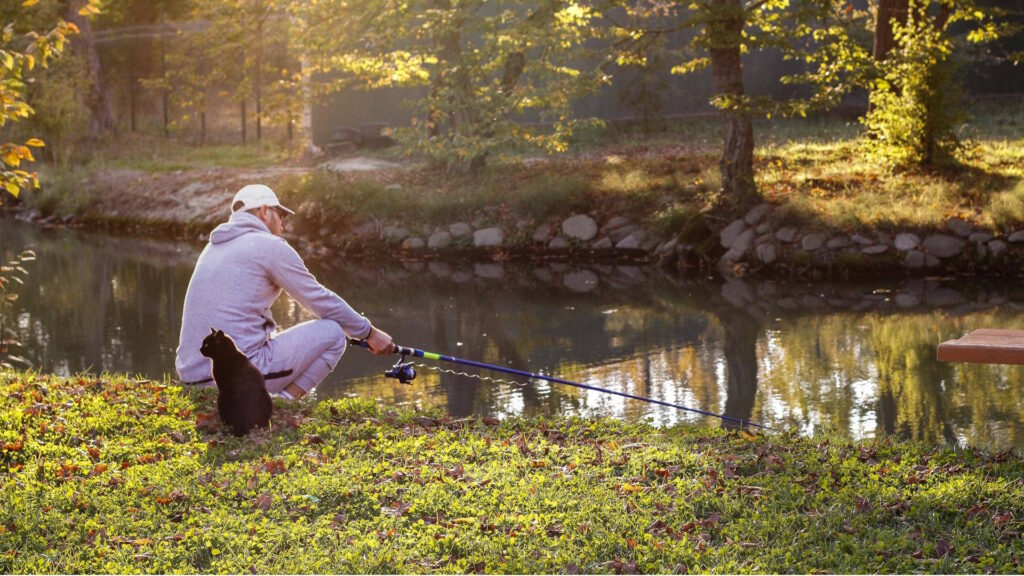
In heavily fished waters where fish have seen countless topwater lures, standard techniques often fall short. Consider “dead-sticking” your topwater lure – casting it out and letting it sit completely motionless for extended periods, sometimes up to several minutes. This approach contradicts conventional wisdom but can be devastatingly effective when fish have become conditioned to associate movement with danger. Another advanced approach involves “backing off” your presentation by using smaller, more subtle lures than typically recommended for your target species. For instance, using bass-sized poppers when targeting larger species like striped bass or pike can trigger strikes when full-sized lures are consistently refused. The “skip-pause” retrieve, where you impart action then pause for increasingly longer intervals, can also fool pressured fish that have learned to avoid consistent retrieve patterns.
Conclusion

Mastering topwater fishing without spooking fish requires a blend of technical skill, environmental awareness, and understanding of fish behavior. By implementing these strategies – from perfecting your cast and presentation to managing external factors like noise and shadows – you’ll dramatically increase your success rate with surface lures. Remember that topwater fishing is both an art and a science; while these guidelines provide a foundation, your observations and adaptations on the water will ultimately determine your success. The explosive strikes and heart-stopping visual takes that come with proper topwater technique make the learning process one of the most rewarding journeys in all of fishing.

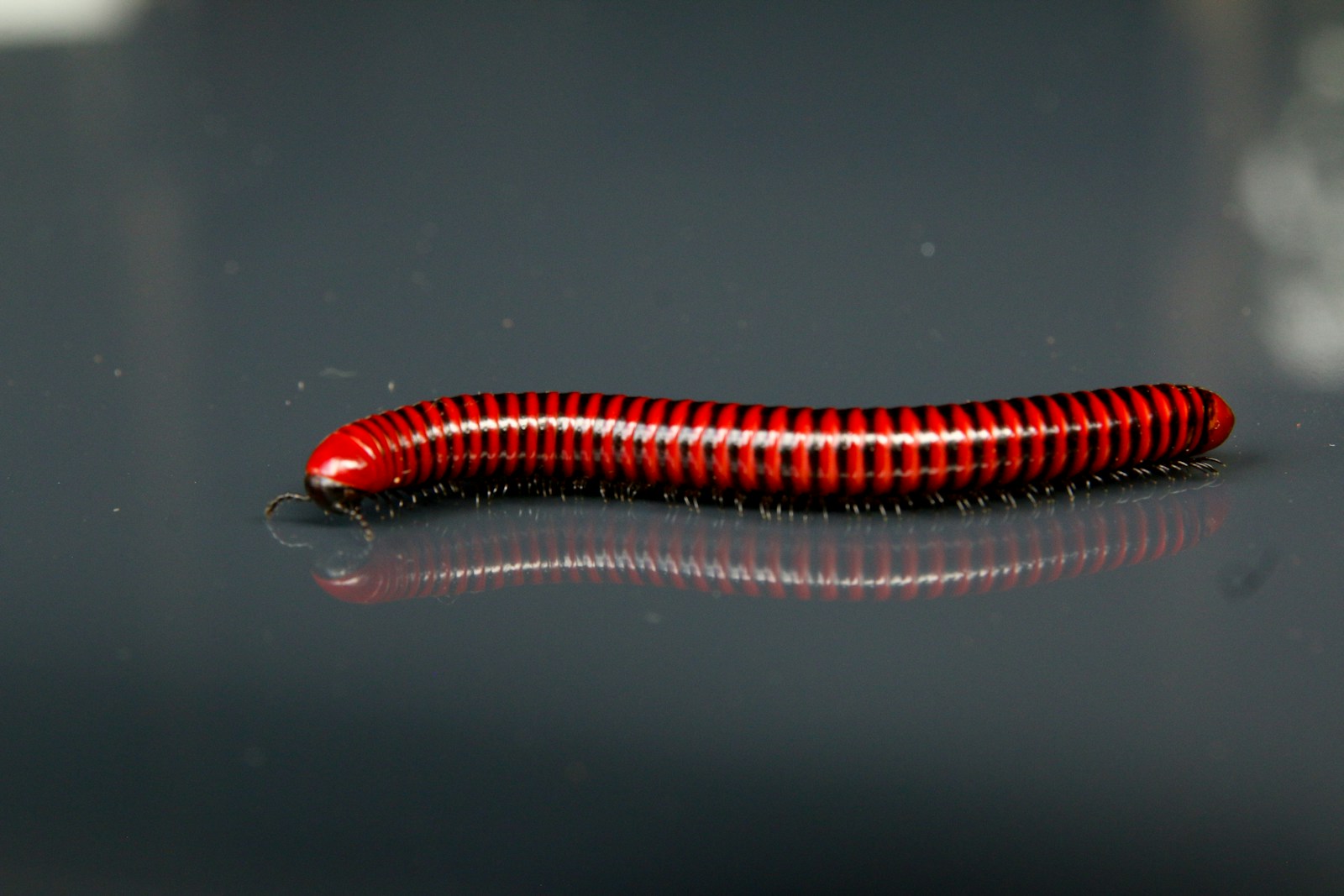
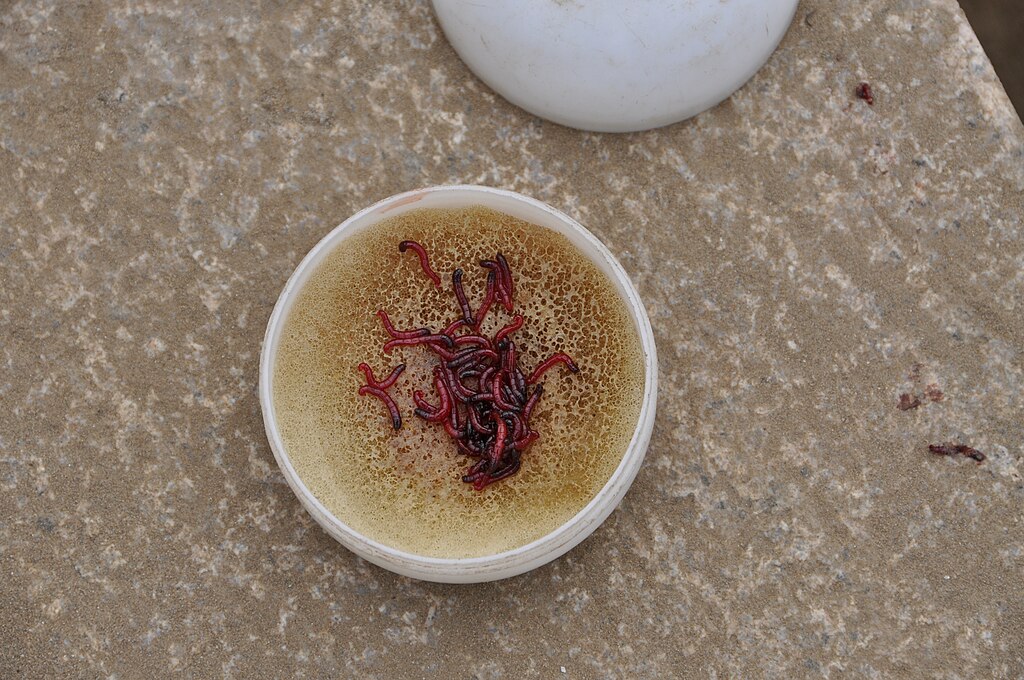
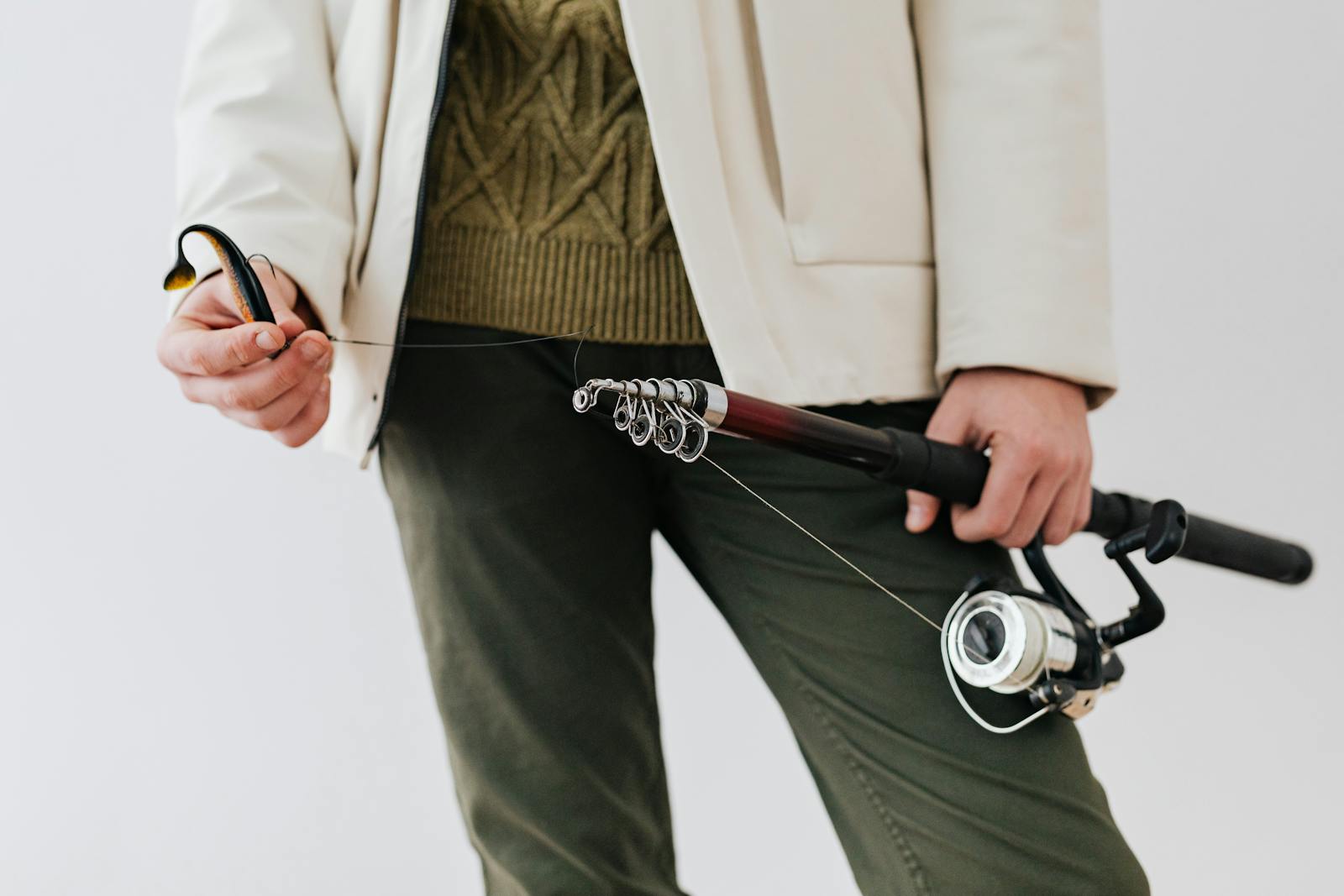










Post Comment